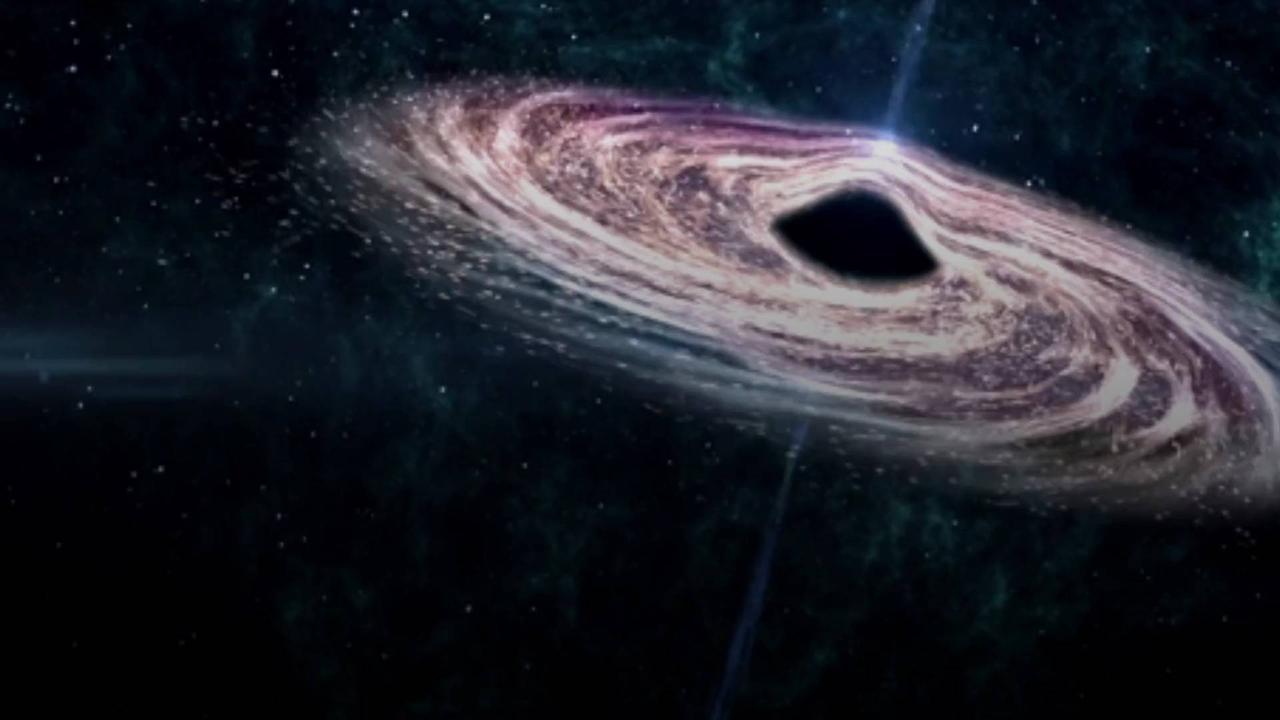Astronomers Discover a Black Hole Devouring the Equivalent of One Earth Per Second

Astronomers Discover a Black Hole Devouring the Equivalent of One Earth Per Second
Astronomers Discover a Black Hole , Devouring the Equivalent , of One Earth Per Second.
Space.com reports that scientists have detected the fastest-growing black hole ever seen.
The black hole has a mass 3 billion times that of the sun and devours the mass equivalent to an entire Earth every second.
According to an international research team, the black hole's rapid consumption rate is causing it to grow extremely fast.
.
The enormous black hole is now 500 times larger than Sagittarius A, the supermassive black hole at the center of the Milky Way galaxy.
Space.com reports that other, similarly massive black holes , stopped growing billions of years ago.
.
Now, we want to know why this one is different — did something catastrophic happen?, Christopher Onken, lead researcher at the Research School of Astronomy and Astrophysics at the Australian National University (ANU), via Space.com.
Perhaps two big galaxies crashed into each other, funneling a whole lot of material onto the black hole to feed it, Christopher Onken, lead researcher at the Research School of Astronomy and Astrophysics at the Australian National University (ANU), via Space.com.
The black hole's rapid accretion of matter is also resulting in a quasar 7,000 times brighter than the light from every star in the Milky Way.
The discovery was made by the Siding Spring Observatory in Australia as part of the SkyMapper Southern Sky Survey.
.
Astronomers have been hunting for objects like this for more than 50 years, Christopher Onken, lead researcher at the Research School of Astronomy and Astrophysics at the Australian National University (ANU), via Space.com.
Details of the discovery were published in the journal , 'Publications of the Astronomical Society of Australia.'


![Astronomers May Have Solved the Mystery Surrounding Blue Supergiant Stars [Video]](https://video.newsserve.net/300/v/20240328/1371214868-Astronomers-May-Have-Solved-the-Mystery-Surrounding-Blue.jpg)
![Fastest-growing black hole of 9bn years may be found: Australian astronomers | Oneindia News*Space [Video]](https://video.newsserve.net/300/v/20220616/1337249112-Fastest-growing-black-hole-of-9bn-years-may.jpg)